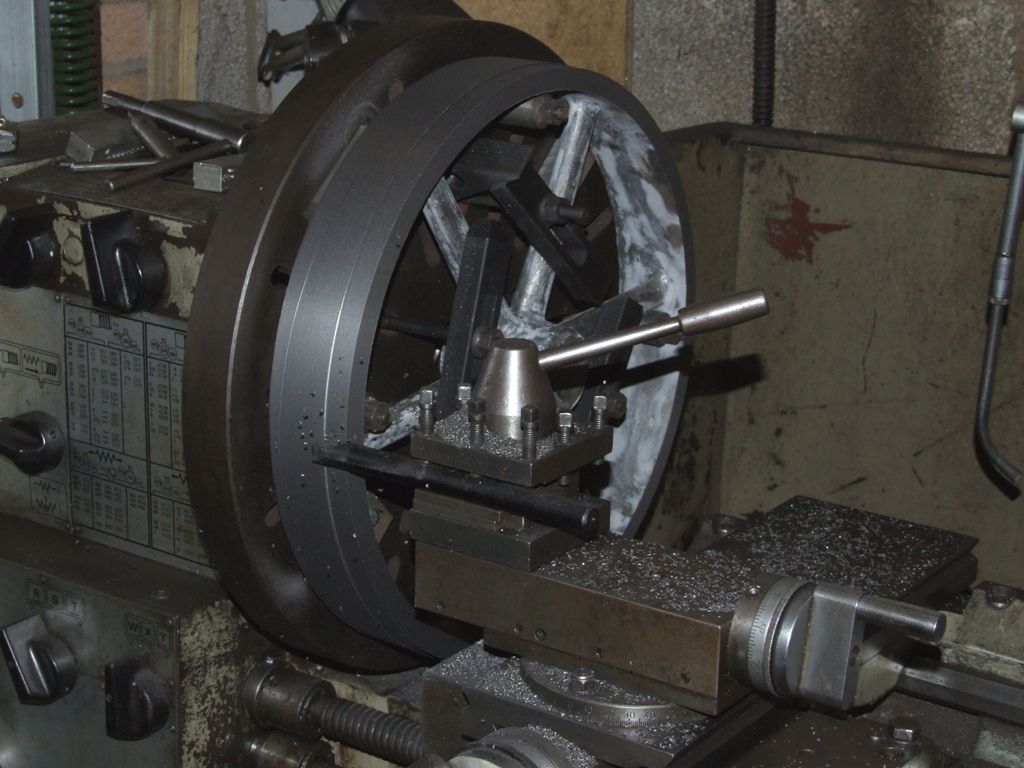I'm not defending (or condemning) the article, which I had overlooked until I read your first post.
My response to your comment was aimed at joining a civilised discussion, and also in the hope that you might be a bit clearer about what you were criticising.
In your response to that, you said "A cursory review of the technology will reveal that the very best one can achieve is 100 % rated normal speed torque down to standstill with very sophisticated microprocessor control of a standard induction motor."
And
"The ME does no service to the hobby in promulgating such a monstrous lie."
Your first statement is demonstrably wrong, simply because a VFD can apply over-voltage a stationary or slow-running motor to deliver above nominal torque, and tapering this over-driving down as speed rises. I have a setup on my lathe able to deliver 107.1% of rated torque from a standstill.
The second statement that ME is promulgating a monstrous lie, is therefore inaccurate, so it's rather unfair to express 'disgust' at my response.
Claiming '7%' isn't torque boost because it wouldn't work in a car is nonsense, actually your analogy is even worse.
Electric cars have far more starting torque (without gearboxes) than conventional cars. The gearbox is a kludge because IC engines, unlike steam and electric power, have horrible lumpy torque curves.
In practical terms you don't lose as much performance with a VFD lathe compared to a gearbox as you expect, as the amount of torque on a convention gear/belt drive bench lathe at low speeds is usually far more than it is practical to make use of.
Neil
Edit – Just to add, most inverters used on hobby lathes already have vector control, my IMO Cub does albeit what they describe as 'simplified vector control'.
Edit – my mistake, 7.1% is the default value, you can program low speed torque boost on the IMO Cub in the range 0-20%.
Edited By Neil Wyatt on 11/07/2017 15:50:14
Edited By Neil Wyatt on 11/07/2017 16:47:51
Muzzer.


 to take off the diameter. If I remember correctly I was running at 85rpm, with 50 thou DOC and 10 thou feed per rev. Given the flywheel is about 16" diameter that gives 2.1in³/min. Assuming removal of about 1 in³/min per horsepower that's about 2/3 of what the lathe could manage, albeit with not the most rigid of setups. The swarf was flying off:
to take off the diameter. If I remember correctly I was running at 85rpm, with 50 thou DOC and 10 thou feed per rev. Given the flywheel is about 16" diameter that gives 2.1in³/min. Assuming removal of about 1 in³/min per horsepower that's about 2/3 of what the lathe could manage, albeit with not the most rigid of setups. The swarf was flying off:


